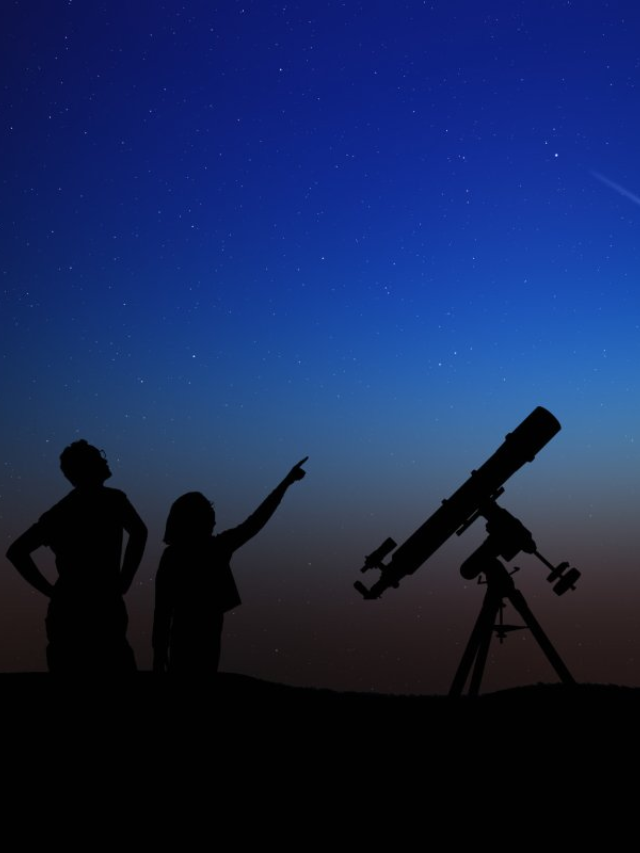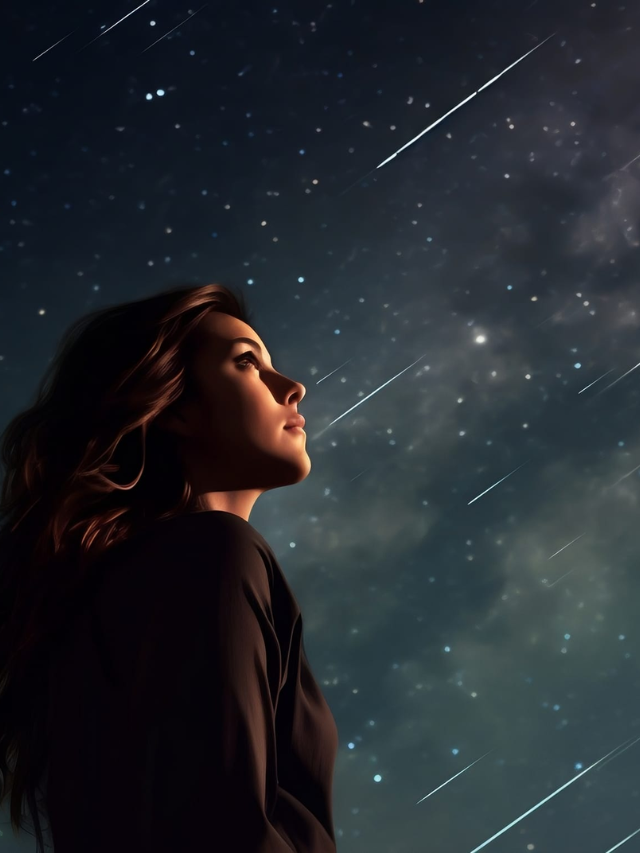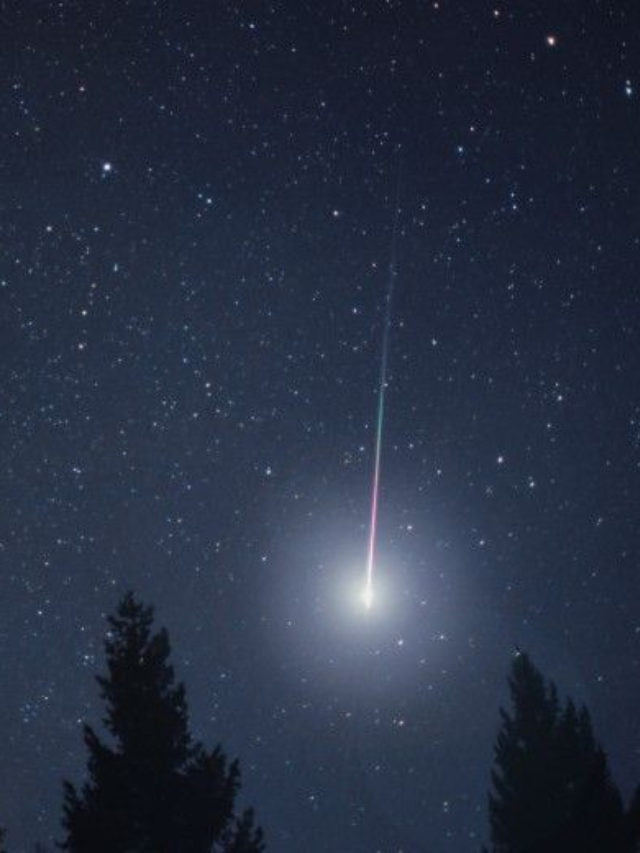
Light Up the Night: The Lyrid Meteor Shower
The Lyrid meteor shower is here! This annual event promises up to 18 meteors streaking across the night sky every hour at its peak.

Prime Viewing Time for the Lyrids
For the best view of the Lyrids, head outside after midnight. You might even catch a glimpse of the International Space Station (ISS) floating by before dawn.

Don't Miss Out: The Eta Aquariids Are Coming
Busy this weekend? No worries! The Eta Aquariids meteor shower peaks on May 4th and 5th, offering an even more spectacular show with up to 30 meteors per hour visible in the Northern Hemisphere.

More Meteors on the Horizon
The celestial fireworks continue! The Southern delta Aquariids and alpha Capricornids meteor showers will peak between July 29th and 31st, offering another opportunity to witness nature's light show.

Get Ready for a Meteor Shower Extravaganza!
From the Lyrids in April to the Eta Aquariids in May and the July meteor showers, this year promises a stunning display of meteors lighting up the night sky.

Essential Tips for Meteor Shower Viewing
To maximize your meteor shower viewing experience, find a dark location away from city lights. Relax on a blanket or camping chair and allow your eyes to adjust to the darkness for at least 30 minutes. Remember, meteors may not appear constantly, so patience is key!

Capture the Moment: Tips for Photographing Meteor Showers
Use a DSLR camera with a wide-angle lens and a tripod Set your camera to manual mode and adjust the shutter speed (ideally 10-30 seconds)Experiment with ISO and aperture settings to achieve optimal results Consider using a remote shutter release to minimize camera shake

Eclipse Mania Fades, But the Show Goes On!
Connects back to the eclipse and excites viewers about upcoming events
